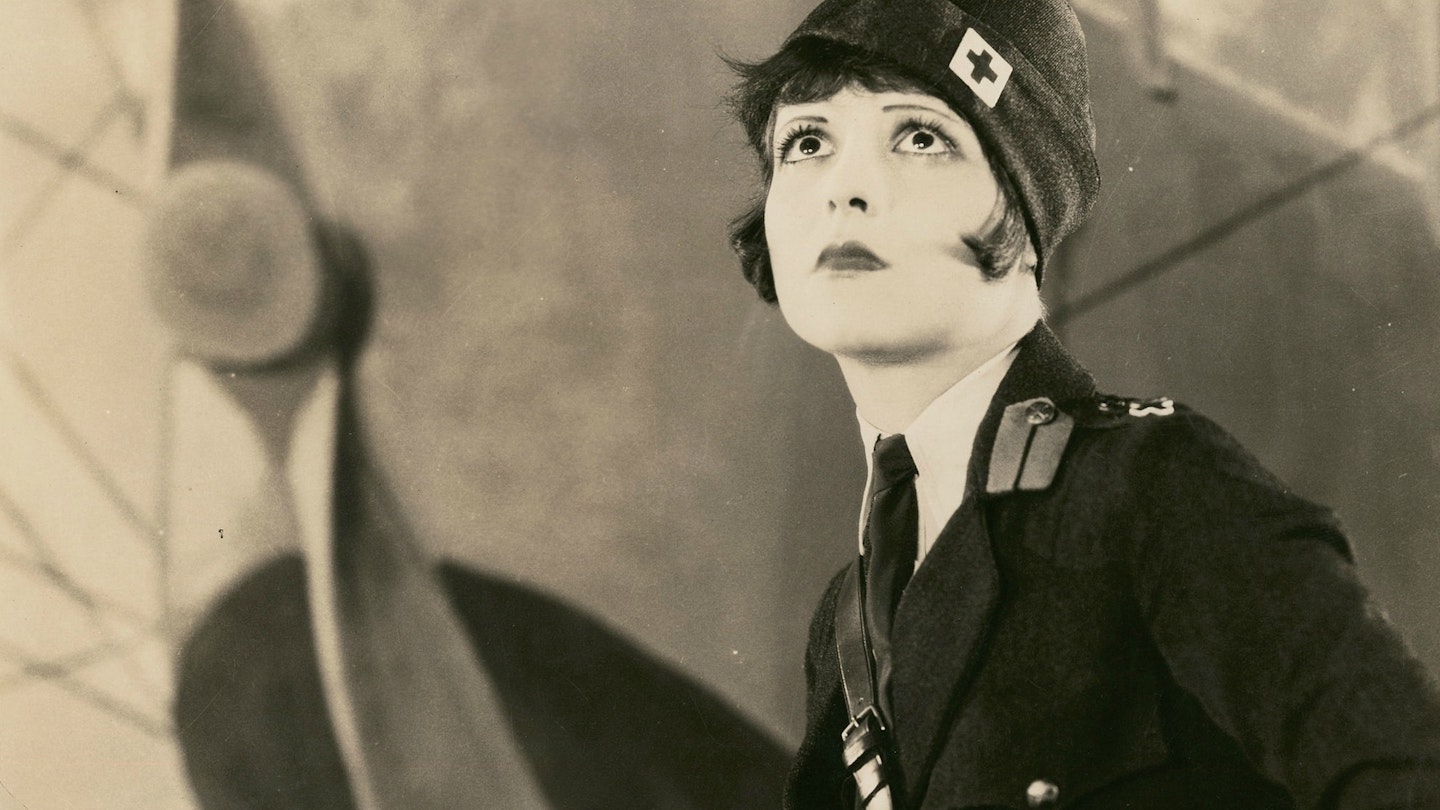Having survived being shot down while serving with the Lafayette Esquadrille during the Great War, William A. Wellman was the ideal director for this pioneering aerial combat picture. Although it paid its dues to the contention that `war is hell', this was no pacifist tract like Rex Ingram's The Four Horsemen of the Apocalypse or King Vidor's The Big Parade. Instead, it was a rousing adventure that sought to extoll the gallantry and chivalry of the pilots who had made military history over the trenches.
In order to convey the viscerality of their derring-do, Wellman had cinematographer Harry Perry lash his cameras to the stunt planes to capture the terrifying perspective of a flyboy involved in a dog-fight, a bombing raid, the strafing of a stronghold or the pursuit and destruction of an enemy vehicle. Moreover, Wellman also employed the Magnascope widescreen process for the aerial sequences, which enhanced their sense of spectacle and realism. The Battle of St Mihiel was also meticulously staged, with Wellman spending 10 days choreographing and rehearsing his 60 planes and 3,500 extras. Indeed, veterans witnessing the first screenings anticipated the awed acclamations of authenticity that helped sell Steven Spielberg's Saving Private Ryan some 70 years later.
There's no question that these thrilling set-pieces helped Wings secure the first-ever Academy Award for Best Picture, as its storyline was lamentably novelettish and the acting inconsistent. El Brendel was typically embarrassing as the comic relief, while Richard Arlen's awkward inanimation was repeatedly emphasised by Charles `Buddy' Rogers's handsome exuberance.
Yet Gary Cooper made a name for himself in a moving two-minute cameo, while Clara Bow produced a truly fascinating performance. Despite being top-billed, she essentially took a supporting role that contrasted sharply with the free-spirited flapper she had played in Clarence Badger's It. Yet, although she's mostly seen in sensible frocks and a nurse's uniform, Paramount was keen to cash in on her saucy image and, so, squeezed her into a plunging gown for the scene in which she poses as a Parisian floozie to spring the drunken Rogers from a military police cell.

